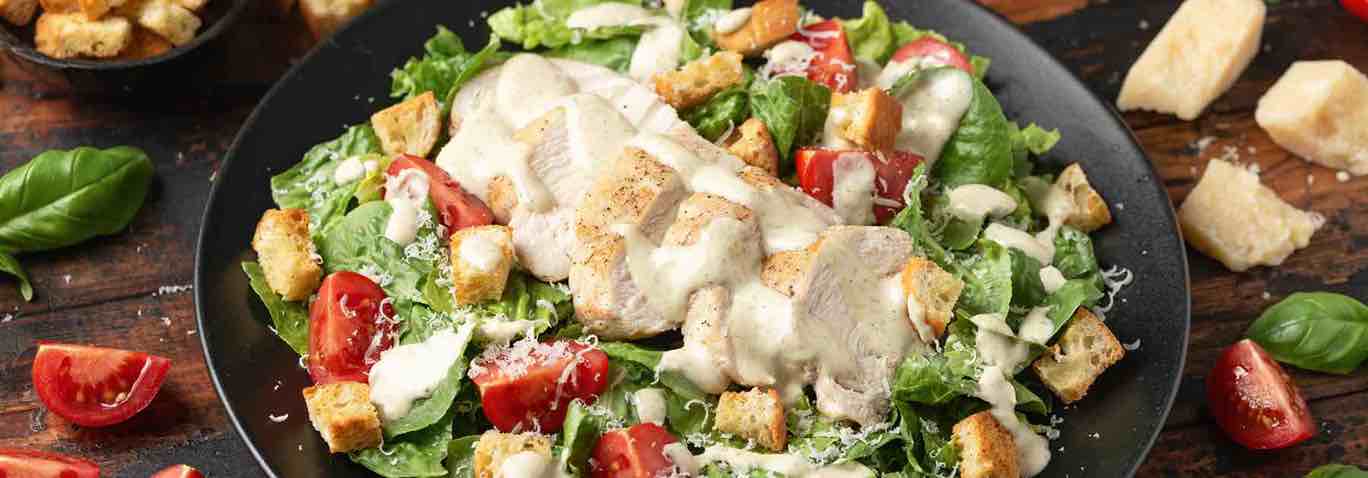Many people struggling with weight loss often find themselves wondering why they are not losing weight on a calorie deficit. If you’re tracking your intake carefully but still not seeing results, hidden calories may be the culprit. These sneaky sources of extra energy often go unnoticed, leading to unintentional overconsumption. At Pharmaesthetics Central, we help clients achieve their weight loss goals with expert guidance on nutrition, portion control, and medical solutions when needed.
What Are Hidden Calories?
Hidden calories refer to additional energy from foods and drinks that people often overlook when tracking their intake. While you may believe you’re eating within your calorie target, these extra calories can quickly add up and prevent weight loss progress.
Even small portions of calorie-dense foods can have a significant impact, making it essential to be aware of these hidden sources and how they affect your overall intake.
Common Sources of Hidden Calories
1. Dressings and Sauces
Salads and healthy meals can easily become calorie-heavy due to high-calorie dressings and sauces. Some of the biggest offenders include:
Mayonnaise – Around 90 calories per tablespoon.
Caesar dressing – Often exceeds 150 calories per serving.
Oil-based dressings – While healthy in moderation, they are calorie-dense.
Ketchup, BBQ sauce, and sweet chilli sauce – Contain high amounts of sugar, adding unnecessary calories.
Tip: Opt for lighter dressings such as balsamic vinegar or lemon juice, and always measure your portions instead of pouring freely.

2. Cooking Oils and Butters
Healthy fats are essential for overall well-being, but they are also one of the most calorie-dense macronutrients. Many people underestimate how much oil or butter they use when cooking, leading to excess calorie intake.
Olive oil – 120 calories per tablespoon.
Coconut oil – 120 calories per tablespoon.
Butter – 100 calories per tablespoon.
Tip: Use a spray oil to control portions or measure oil with a teaspoon instead of pouring directly from the bottle.
3. Drinks and Liquid Calories
Drinks are one of the most overlooked sources of hidden calories. Beverages may not leave you feeling full, but they can contribute significantly to daily intake.
Coffee with milk and sugar – A medium latte can contain over 200 calories.
Fruit juices and smoothies – High in natural sugars, some store-bought smoothies exceed 300 calories per serving.
Alcoholic drinks – A pint of beer has around 200 calories, and a glass of wine can be over 150 calories.
Soft drinks – Sugary fizzy drinks are loaded with hidden sugars and calories.
Tip: Stick to water, herbal teas, or black coffee, and limit high-calorie drinks to occasional treats.
4. Nuts and Nut Butters
Nuts are packed with healthy fats and nutrients, but they are incredibly calorie-dense.
Almonds – Around 160 calories per 28g handful.
Peanut butter – 190 calories per tablespoon.
Granola and trail mix – Often contain added sugars and oils, making them even more calorific.
Tip: Measure your portions carefully, as mindlessly snacking on nuts can lead to excessive calorie intake.
5. Restaurant and Takeaway Foods
Even when choosing seemingly healthy options, restaurant meals can be loaded with hidden calories from oils, sauces, and large portion sizes.
Grilled chicken dishes may be cooked with excess butter or oil.
Healthy wraps and sandwiches can contain high-calorie condiments.
Rice and pasta dishes often have hidden fats added during preparation.
Tip: When dining out, ask for sauces and dressings on the side, opt for grilled over fried options, and control portions by sharing or saving half for later.
The Importance of Portion Control and Mindful Eating
Understanding portion sizes is key to preventing hidden calories from sabotaging weight loss efforts. Here are some strategies to stay on track:
1. Use Measuring Tools
Weigh food where possible, particularly calorie-dense items like rice, pasta, and nuts. Use a teaspoon or tablespoon for oils and dressings instead of guessing. Portion out snacks instead of eating directly from the bag.
2. Read Food Labels
Pay attention to serving sizes listed on packaging. Be mindful of “health” foods that may contain hidden sugars and fats. Check for added oils and sugar in processed foods.
3. Practice Mindful Eating
Eat slowly and pay attention to hunger cues. Avoid distractions while eating, such as watching TV or scrolling on your phone. Serve food on smaller plates to naturally reduce portion sizes.

How Pharmaesthetics Central Can Help
If you’re not losing weight on a calorie deficit, despite making healthy choices, our team at Pharmaesthetics Central can provide expert guidance and medical support. We offer personalised nutrition advice to identify hidden calorie sources in your diet.
We also offer weight management programmes to help you set realistic calorie goals, and medical solutions, including consultations for weight loss treatments when lifestyle changes alone are not enough.
Take Control of Hidden Calories
When it comes to weight loss, awareness is key. Even if you think you’re eating within your calorie limit, hidden sources can add up quickly and stall your progress. By focusing on portion control, tracking food accurately, and making mindful choices, you can prevent unwanted extra calories and stay on track with your goals.
If you need support, Pharmaesthetics Central is here to help. Whether you require expert advice on portion sizes, meal planning, or medical weight loss options, we provide solutions tailored to your needs. Contact us today to take the next step in your weight loss journey.
Book a virtual or face-to-face consultation to discuss your eligibility and weight loss needs with our team.

This blog was written on behalf of Pharmaesthetics Central by Pharmacy Mentor.

